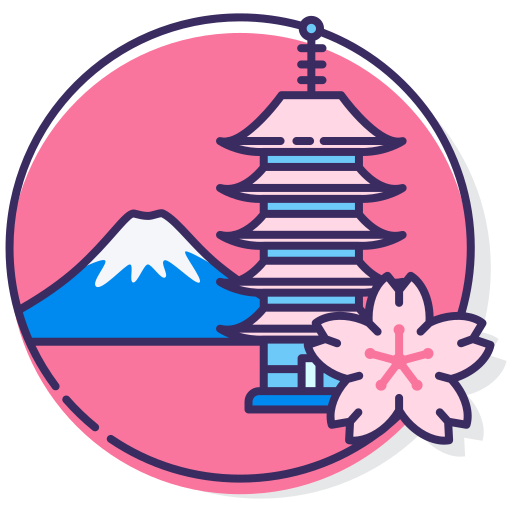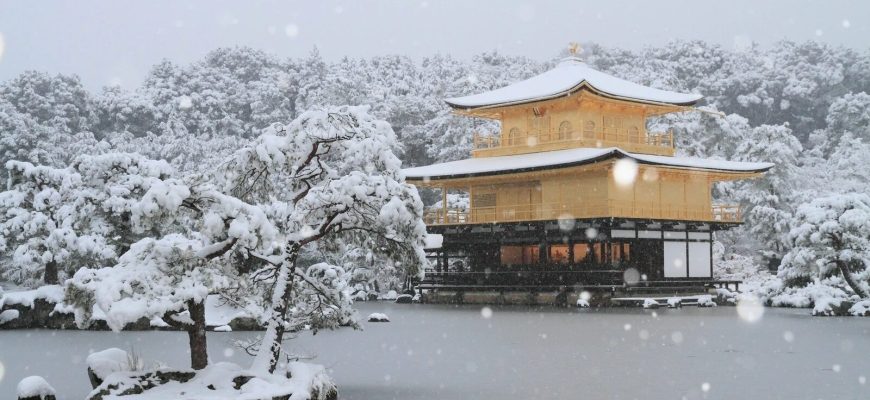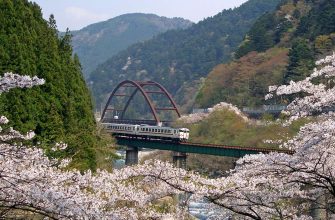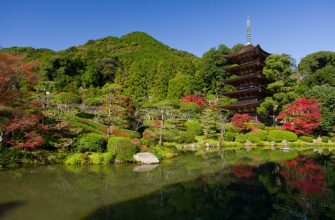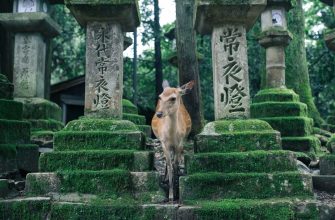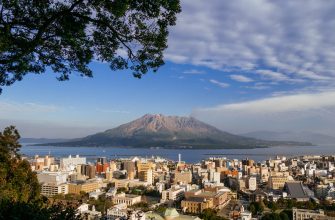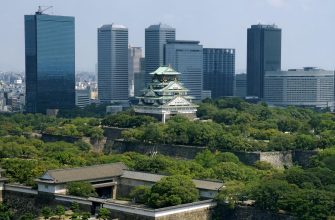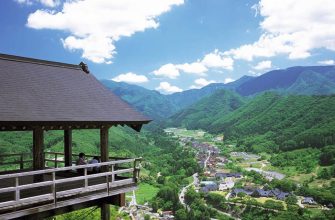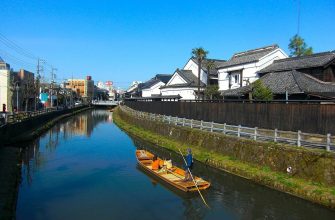Are you ready to explore the wonders of winter in Japan? This article will guide you through the key information and essential activities for your cold-weather excursion. From snow-draped landscapes to thrilling winter sports, hot springs, cultural celebrations, wildlife encounters, culinary delights, and unique snow experiences, Japan in the winter has something to offer everyone.
Explore the magic of Kyoto’s winter gardens or hit the slopes in Niseko, a powder snow paradise. Experience the social warmth of Sento or witness the luminescent beauty of winter illuminations. Encounter the famous snow monkeys or indulge in seasonal seafood and hearty Japanese comfort foods. Whatever your interests, Japan in the winter has it all. This article will help you plan your perfect winter itinerary, navigate Japan’s winter weather, and answer frequently asked questions about visiting Japan during the winter months.
Key Information
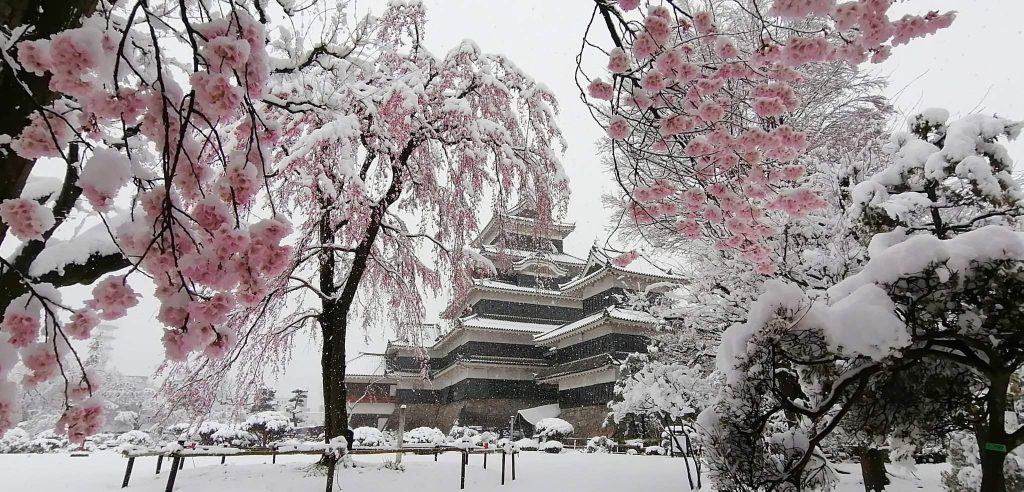
Winter in Japan is a season of abundant snowfall that transforms the country into a picturesque wonderland. From the UNESCO World Heritage sites in Mie Prefecture to the snow-covered slopes of Hakuba Ski Resort, there is something for everyone. The holiday season starts in early December, making it the perfect time to explore traditional Japanese inns in onsen towns like Nozawa Onsen and Noboribetsu Onsen. These places are known for their hot water and Japanese hot springs, providing a warm escape from the chilly winter temperatures.
Tokyo Station has become a hub for those seeking the best ways to travel to popular destinations. With the JR Pass in hand, convenience stores are at every corner, making travel easy and convenient. Fewer crowds make navigating parts of Japan easier, like Akita Prefecture or Shiga Kogen.
Early January is ideal for attending Japan’s most popular winter events. For example, visitors can attend the Yokote Kamakura Festival and admire snow sculptures or partake in outdoor activities like ice skating. In Odori Park, the light-up event near Mt Fuji is a spectacle, especially during the snow season when thick snow blankets the area.
Visiting public baths after a day of enjoying powdery snow at popular places like the Hakuba Ski Resort offers a glimpse into the heart of Japanese culture. Taking part in unique activities, such as watching sumo wrestlers, also offers this glimpse.
For those seeking a serene experience, winter in Shiga Kogen is known for thick snow and snow slides. Alternatively, visitors can also consider visiting the lesser-known Yokote Kamakura Festival in Akita Prefecture, which promises fewer tourists and extra serenity.
Overall, Japan is one of the most popular winter adventure destinations, offering something for everyone, from winter sports to cultural experiences.
Exploring the Snow-Draped Landscapes of Japan
Japan’s winter landscape is a unique experience. Winter begins in December and the coldest month is February. The northern regions of the country are more rugged and full of snow-capped mountains, while it remains mild in Okinawa. In this section, we’ll explore two winter destinations in Japan that offer a unique experience: The Japanese Alps and Kyoto’s Winter Gardens.
The Japanese Alps
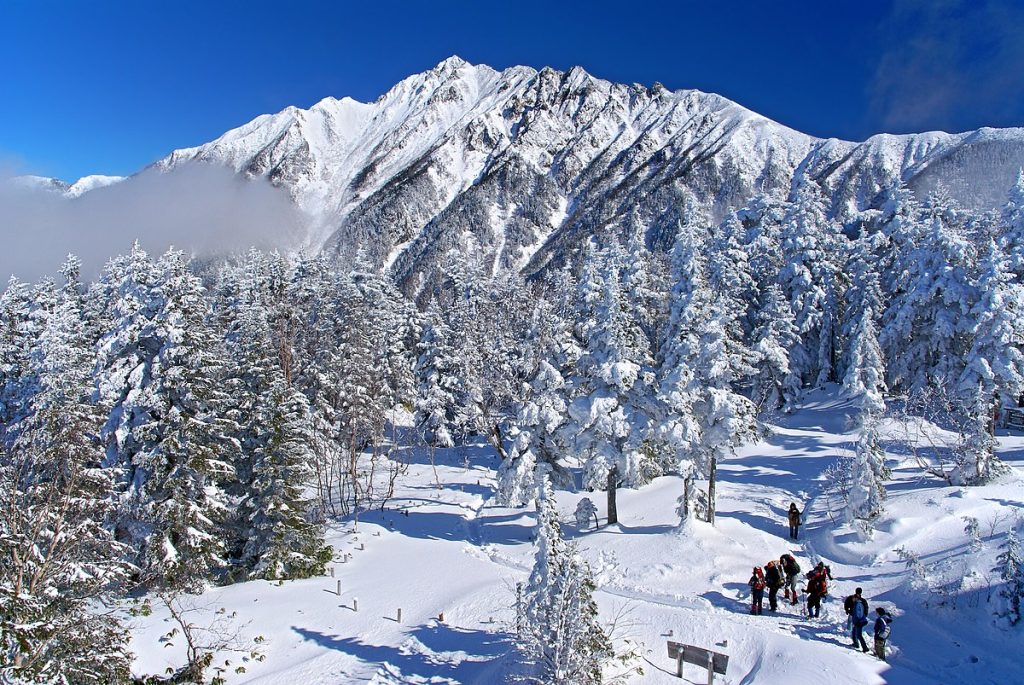
The Japanese Alps are a winter wonderland that offers a sight to behold. Imagine mountains blanketed in powder snow, with ski resorts nestled amidst their slopes. However, it’s not just about the snow. The Alps’ charm lies in adventure. Whether carving down a slope or basking in the serene mountain views, there’s a sense of exhilaration and peace that is uniquely Alpine. A visit to the traditional villages of Ogimachi and Gokayama adds cultural richness to your winter escapade. It makes the Japanese Alps an unforgettable winter destination.
| Location | Attractions |
|---|---|
| Akita Prefecture | Mount Chokai, Kakunodate Samurai District |
| Matsumoto | Matsumoto Castle, Kamikochi, Kiso Valley |
| Shirakawa-go | Gassho-zukuri houses, Shirakawa-go Observatory |
| Takayama | Old Town, Hida Folk Village, Takayama Jinya |
The Magic of Kyoto’s Winter Gardens

Kyoto’s Winter Gardens offer a softer hue, leaving behind the image of the towering Alps. Snowfall gently covers the temples and pagodas, transforming the city into a calm winter haven, awaiting the warmer weather. During winter, certain gardens stand out, including the Karesansui at Ryoan-ji Temple, the stroll garden at Ginkaku-ji Temple, and the Hojo Garden at Tofuku-ji. The snow enhances their Zen beauty, reflecting the Japanese appreciation for nature and beauty. These gardens provide a peaceful escape from the cold and are essential stops on any winter itinerary in Japan.
| Location | Attractions |
|---|---|
| Tohoku | Zao Onsen Ski Resort, Yamadera Temple |
| Kyoto | Ryoan-ji Temple, Ginkaku-ji Temple, Tofuku-ji Temple |
| Mt. Fuji | Fujigoko (Fuji Five Lakes), Shiraito Falls |
| Northern Japan | Sapporo Snow Festival, Otaru Snow Light Path Festival |
In summary, Japan’s winter landscape offers a unique experience to travelers. The Japanese Alps and Kyoto’s Winter Gardens are two winter destinations that offer a unique experience. The Japanese Alps offer a range of winter sports and cultural experiences, while Kyoto’s Winter Gardens offer a peaceful escape from the cold.
The Thrill of Winter Sports in Japan
Japan is a top destination for winter sports enthusiasts. Two of the most popular destinations for skiing and snowboarding are Niseko and Hakuba Valley.
Niseko: A Powder Snow Paradise
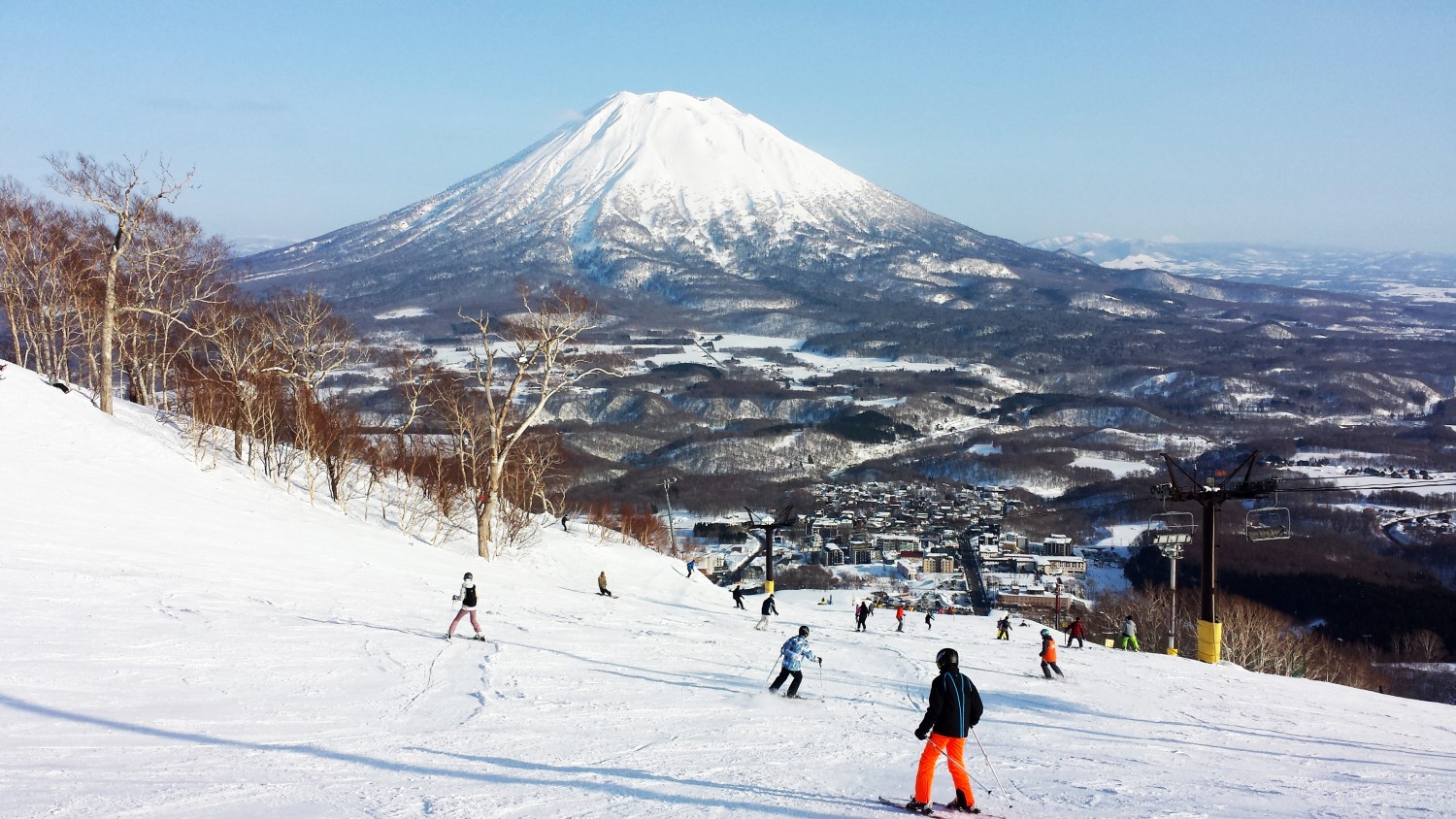
Niseko, located in Hokkaido, is a haven for powder snow enthusiasts. It is renowned for its excellent skiing conditions, with plenty of snow, varied slopes, and an active après-ski scene. The ski resorts in Niseko, such as Annupuri and Hanazono, are well-known for their outstanding powder snow. After a day of skiing or snowboarding, visitors can unwind with craft beers and rare whiskies in the vibrant après-ski scene.
Table: Niseko Ski Resorts
| Ski Resort | Features |
|---|---|
| Annupuri | Outstanding powder snow |
| Hanazono | Varied slopes |
| Niseko Village | Active après-ski scene |
Hakuba Valley: Skiing Amidst Majestic Views
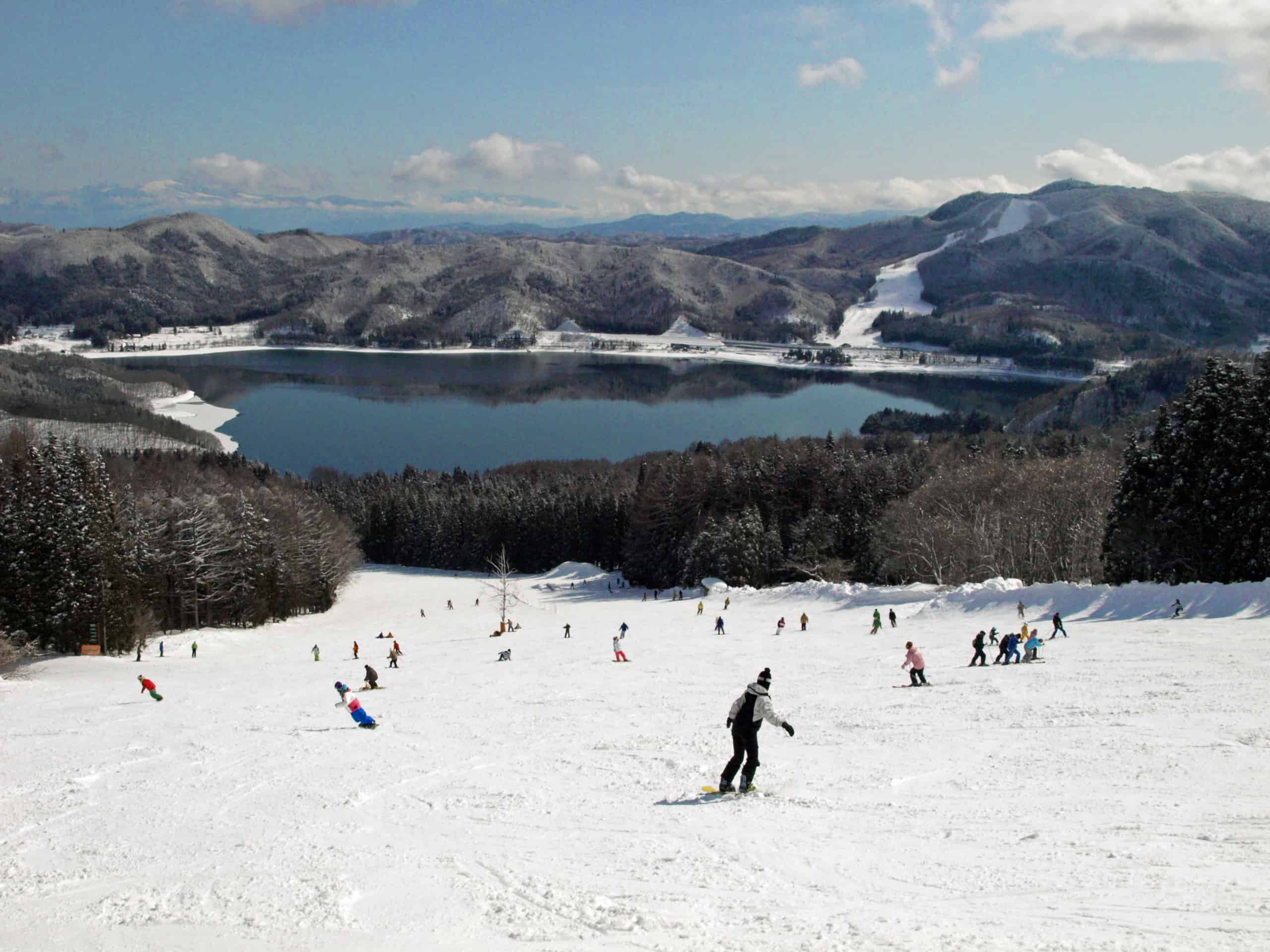
Hakuba Valley, located in Nagano Prefecture, offers a diverse skiing experience suitable for skiers of all abilities, from beginners to experts. The valley has several popular ski resorts, such as Happo-One Snow Resort and Tsugaike, each with its special features and beautiful views. Skiers can glide down the slopes and enjoy the amazing views of the nearby mountains, adding a special charm to skiing in Hakuba Valley.
Table: Hakuba Valley Ski Resorts
| Ski Resort | Features |
|---|---|
| Happo-One Snow Resort | Varied skiing experience |
| Tsugaike | Beautiful views |
Japan’s ski season typically runs from December to April, with peak season in January and February. Both Niseko and Hakuba Valley offer a wide range of winter sports activities, including skiing, snowboarding, and snowshoeing. With their unparalleled skiing conditions and stunning views, Niseko and Hakuba Valley are must-visit destinations for winter sports enthusiasts.
Japan’s Hot Springs During Winter

Japan is famous for its hot springs, or onsens, which are a great way to warm up after a day of winter activities. Onsens are known for their warm and calming environments, providing a refreshing break from the winter cold. There are two types of onsens to choose from: private onsens and sento bathhouses.
Private Onsen Escapes
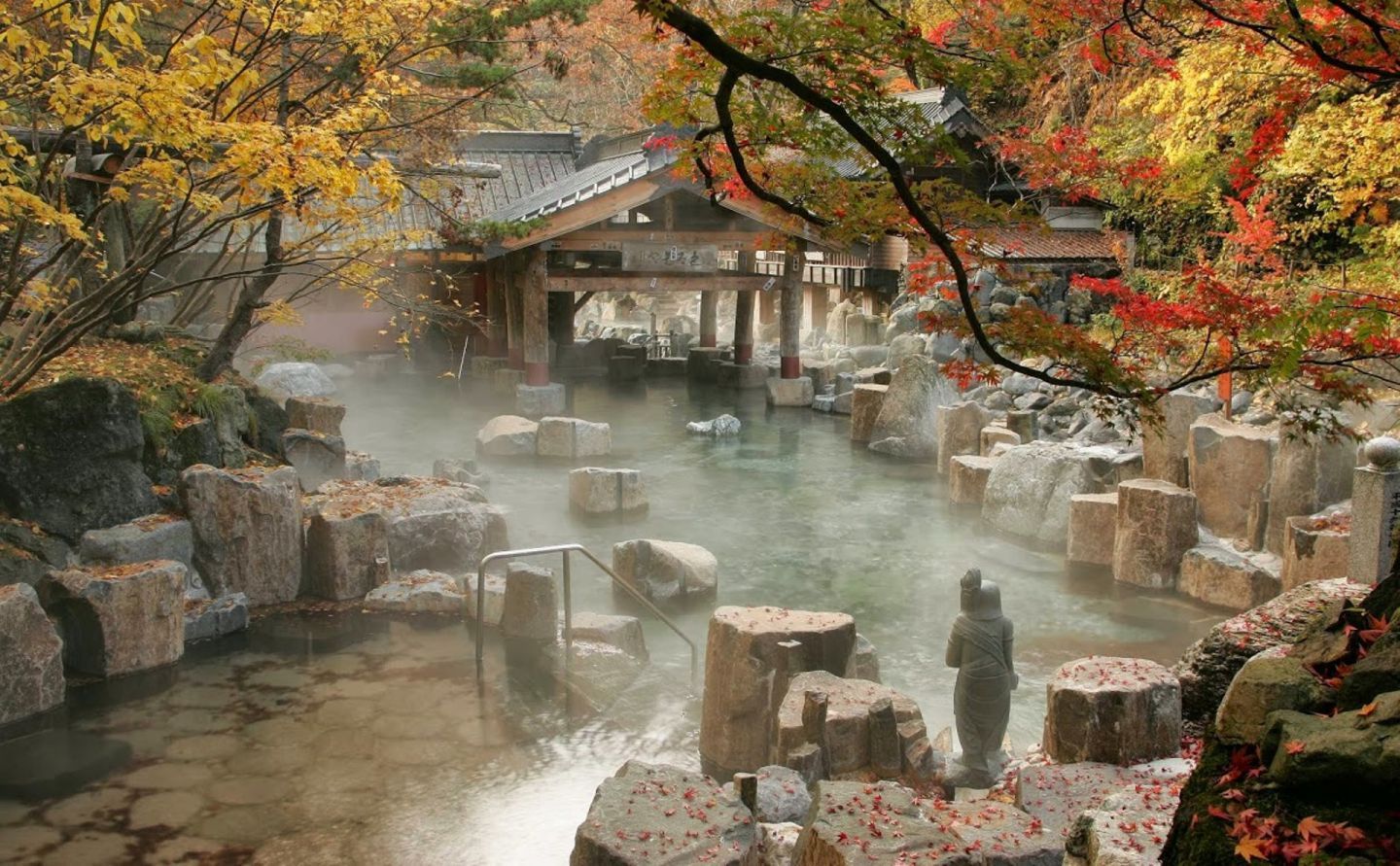
Private onsens offer an intimate natural hot springs experience. They are perfect for those seeking solitude or a romantic getaway. Picture yourself alone in a hot spring bath surrounded by beautiful winter scenery. Private onsen resorts often have many amenities, including electric kettles and tea sets in rooms, along with public and smaller private baths. They offer luxury and a close experience with nature.
Some of the most popular private onsen destinations in Japan include Zao Onsen, Ginzan Onsen, and Nozawa Onsen. Zao Onsen is famous for its outdoor hot springs, which offer stunning views of the surrounding snow-covered landscape. Ginzan Onsen is located in a picturesque town with traditional Japanese architecture, while Nozawa Onsen is known for its large variety of hot springs.
The Social Warmth of Sento
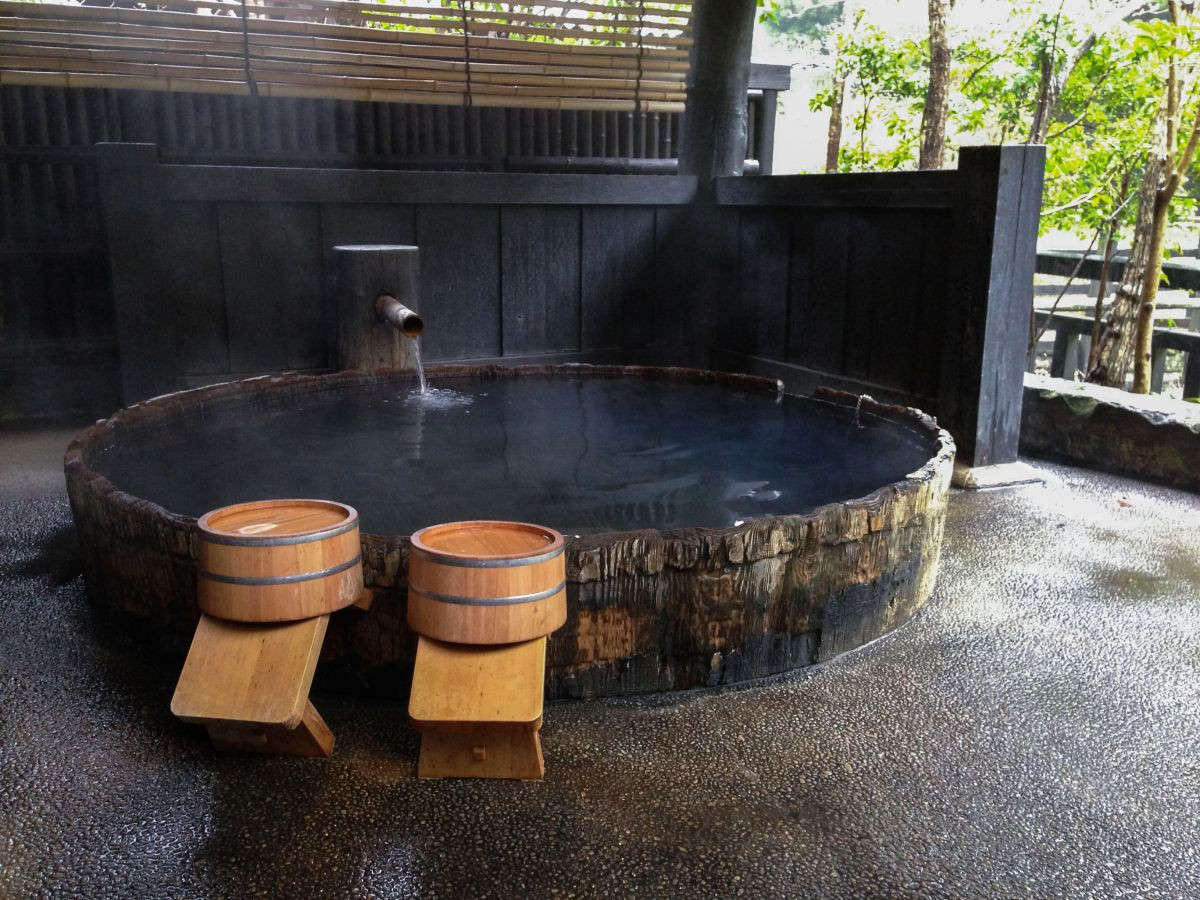
In contrast to private onsens, sento bathhouses offer a communal bathing experience. Sento bathhouses are traditional in Japan and are places where locals meet, chat, and unwind. A visit to a sento is more than just bathing; it’s a way to experience the friendly social atmosphere of Japan. In a sento, you soak in warm waters and enjoy the company of others.
Some of the most popular sento bathhouses in Japan include the Kinosaki Onsen, which has seven public bathhouses, each with its own unique style, and the Oedo Onsen Monogatari, which is a theme park-style bathhouse in Tokyo.
In conclusion, Japan’s hot springs offer a variety of experiences to suit any traveler’s preferences. Whether you prefer a private onsen escape or the social warmth of a sento bathhouse, Japan’s onsens are sure to leave you feeling rejuvenated and relaxed.
Cultural Celebrations: Winter Festivals in Japan
Japan’s winter is not only about snowy landscapes and hot springs, but it is also a time of vibrant cultural celebrations. Among the cultural celebrations, Japan’s winter festivals are an impressive display of Japanese culture. The Sapporo Snow Festival and winter illuminations are two of the most popular winter festivals in Japan.
Sapporo Snow Festival
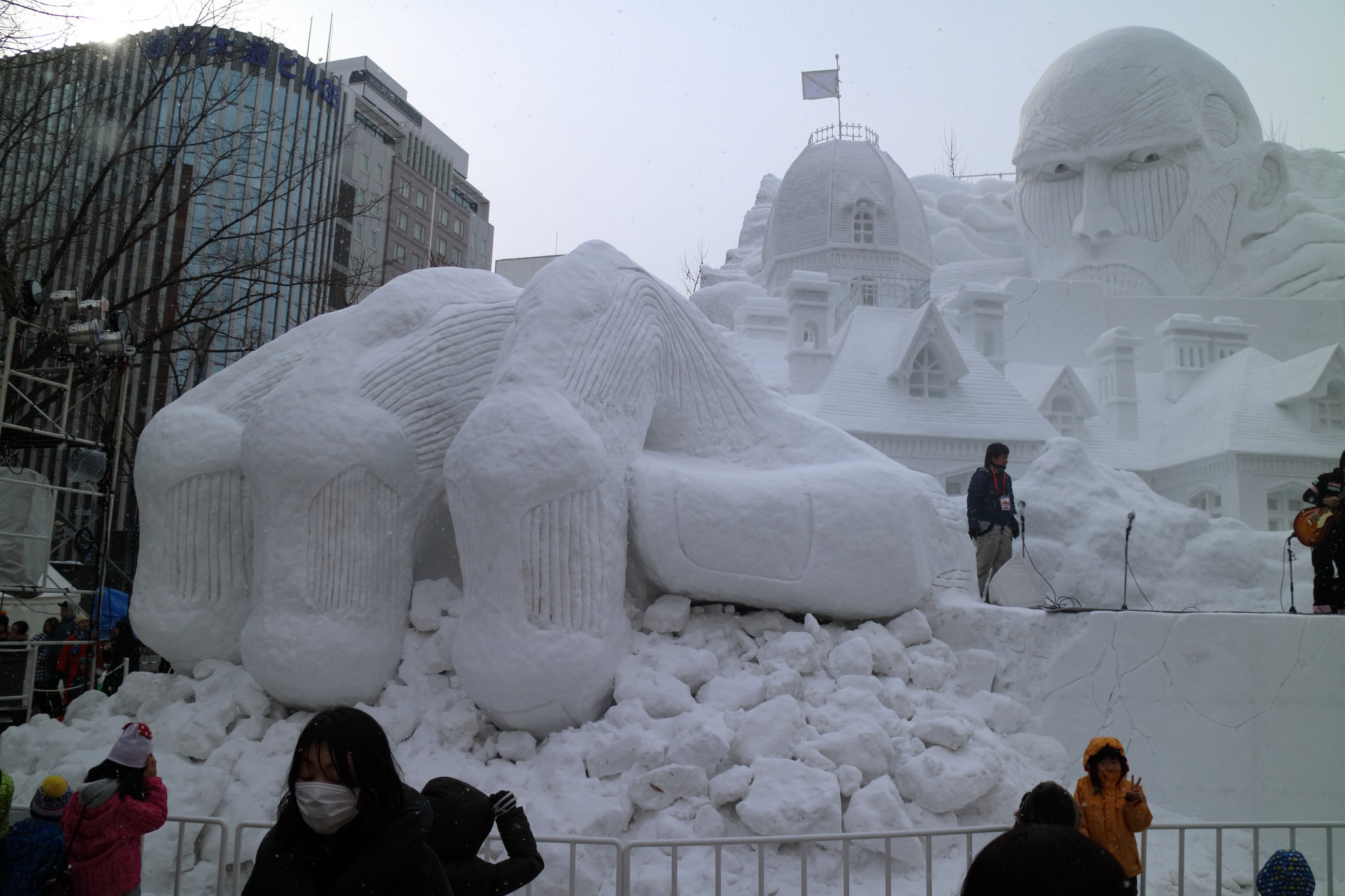
The Sapporo Snow Festival is held annually in Hokkaido’s capital city and is a grand celebration of winter’s beauty. The festival started in 1950 as a creative project by local students, and now it is a huge event that attracts people from all over the world. The festival offers a variety of attractions across three sites: Odori, Susukino, and Tsudome. Visitors can enjoy amazing snow and ice sculptures, thrilling slides, and snow rafting. The sculptures’ craftsmanship is breathtaking, and visitors can participate in snow activities or enjoy the local food. The Sapporo Snow Festival is an unforgettable part of any Japanese winter itinerary.
Illuminations That Light Up the Night
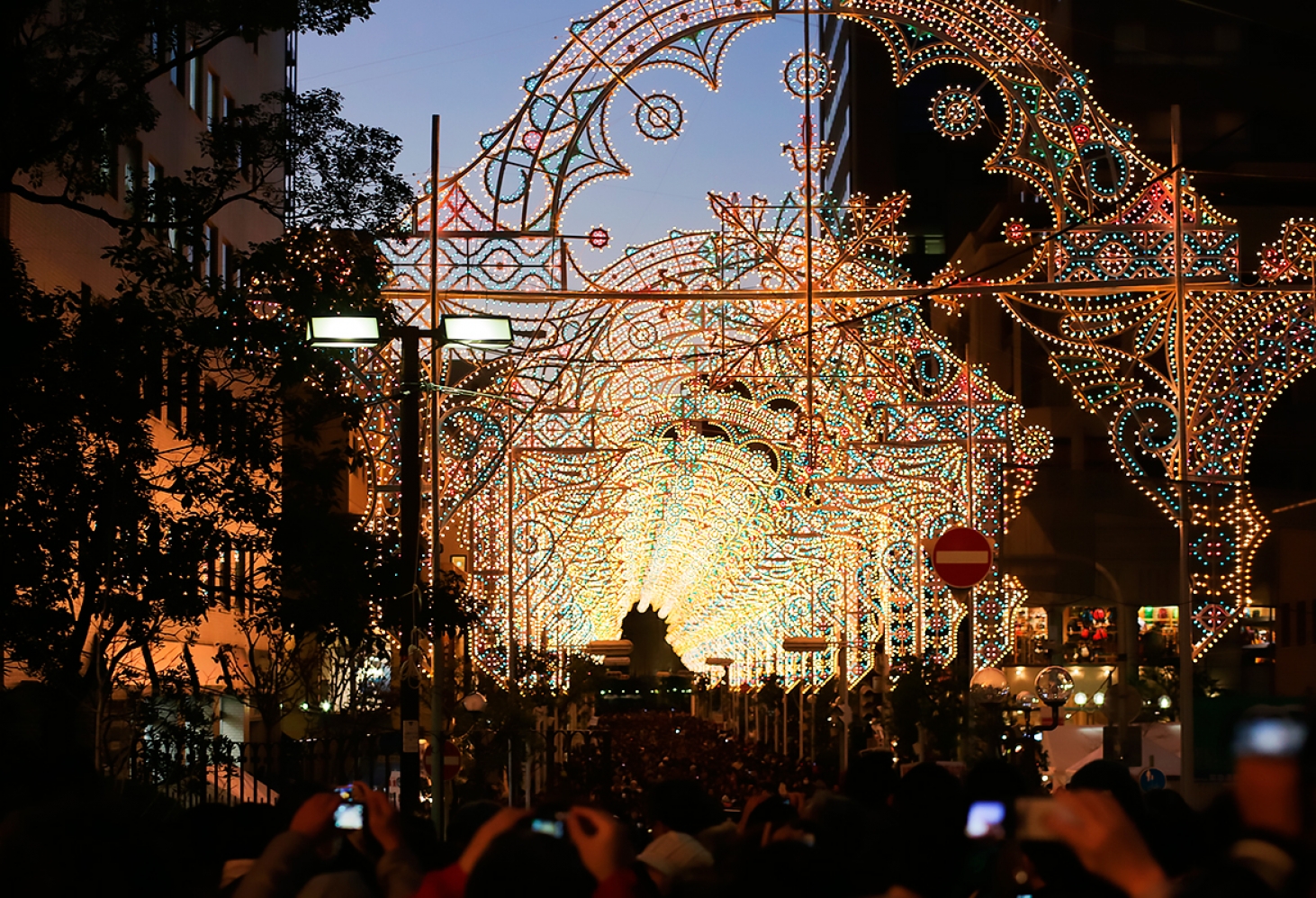
As night falls, cities across Japan come alive with stunning winter illuminations. These bright light displays turn parks, buildings, and streets into enchanting scenes that look like a fairy tale. Among these illuminations, the Kobe Luminarie stands out. The Kobe Luminarie takes place every December and represents hope while honoring the victims of the 1995 Great Hanshin earthquake. Walking under the beautiful lights, visitors can feel deep respect for the resilience and spirit of the Japanese people.
Other winter festivals in Japan include the Asahikawa Winter Festival, Yokote Kamakura Festival, and many snow festivals that take place in various parts of Japan. These festivals are an excellent way to experience Japanese culture and enjoy the New Year holidays.
Encounters with Wildlife: The Famous Snow Monkeys
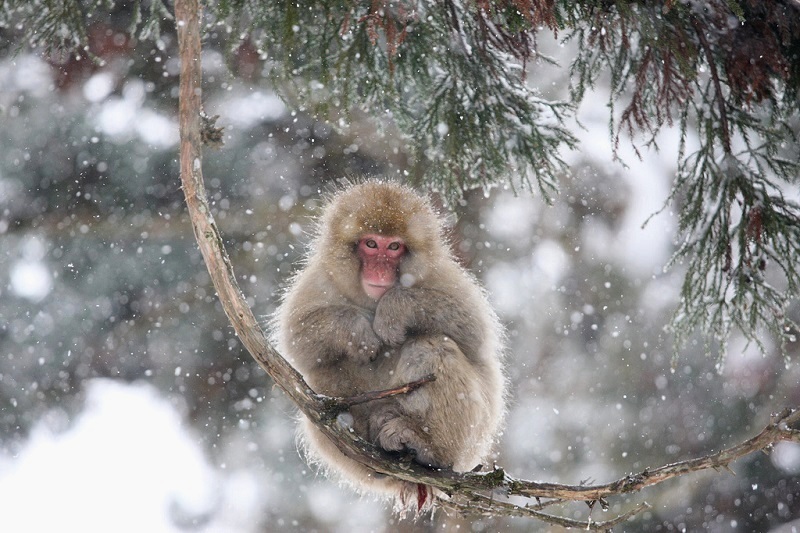
Japan’s winter is not only known for its scenic landscapes and cultural events, but also for its unique wildlife. One of the most famous wildlife encounters in Japan is at the Jigokudani Monkey Park, where visitors can observe Japan’s famous snow monkeys in their natural habitat. These Japanese macaques are known for their habit of bathing in natural hot springs during the winter to stay warm in Nagano’s cold climate. Watching these wild monkeys bask in the hot springs surrounded by the beautiful winter landscape is a heartwarming experience. Visitors can also witness the monkeys’ faces turn red from the warm water and cold air, adding a touch of wild charm to the Japanese winter. If the monkey park is not of interest, visitors can check out one of Japan’s many zoos.
Culinary Delights: Winter’s Flavorful Offerings
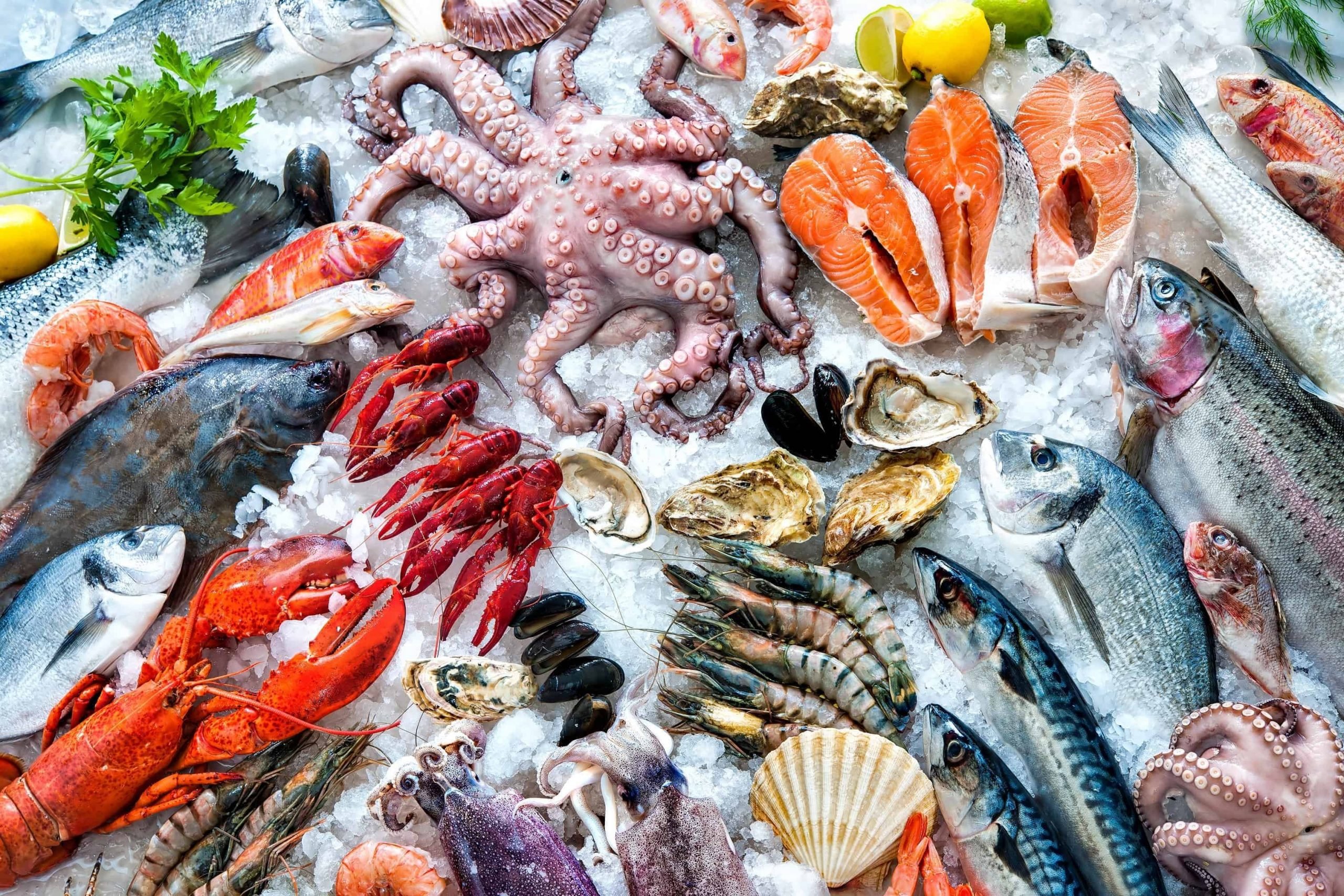
Japanese cuisine is renowned for its seasonal ingredients, and winter is no exception. The winter season in Japan offers a plethora of fresh seafood and comforting dishes that are full of flavor.
Seafood at Its Seasonal Best
During winter, many fish and shellfish are at their peak, providing fresh and flavorful tastes. Sashimi, sushi, and grilled fish are some of the popular seafood dishes that are available during the winter season. Local markets such as Omicho in Kanazawa and Tottori Kara in Tottori are great places to try winter seafood.
| Winter Seafood | Description |
|---|---|
| Snow Crab | Sweet and succulent meat, popular in hot pots and grilled dishes |
| Oysters | Juicy and plump, perfect for sashimi, grilled dishes, and hot pots |
| Salmon | Fatty and flavorful, great for sushi, sashimi, and grilled dishes |
Warm Up with Hearty Japanese Comfort Foods
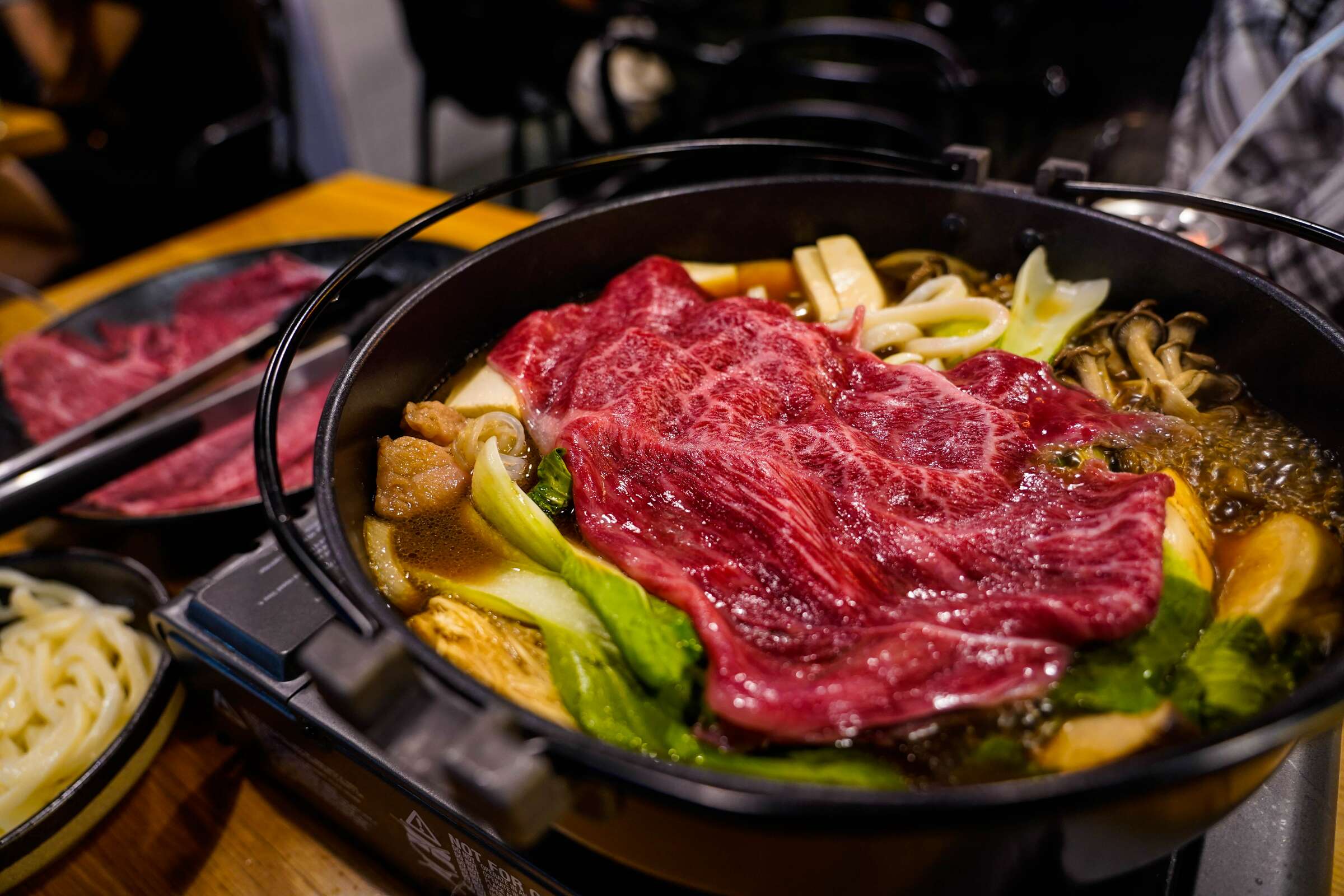
Japanese winter cuisine also offers comforting dishes that are perfect for the chilly weather. Sukiyaki, a savory hot pot, and oden, a hearty stew, are popular dishes that warm and comfort both body and soul. Izakaya restaurants are great places to try these dishes, along with other comfort foods such as ramen and nabe.
| Comfort Foods | Description |
|---|---|
| Sukiyaki | Thinly sliced beef cooked in a sweet and savory broth with vegetables and tofu |
| Oden | A hot pot dish made with various ingredients such as boiled eggs, daikon, and fish cakes in a light broth |
| Ramen | Noodles served in a savory broth, topped with meat, vegetables, and eggs |
| Nabe | A hot pot dish made with meat, seafood, and vegetables cooked in a flavorful broth |
In conclusion, winter in Japan is not just about snowscapes and hot springs; it also offers a variety of flavorful dishes that are sure to delight any food lover.
Unique Snow Experiences
Drift Ice Adventures in Hokkaido
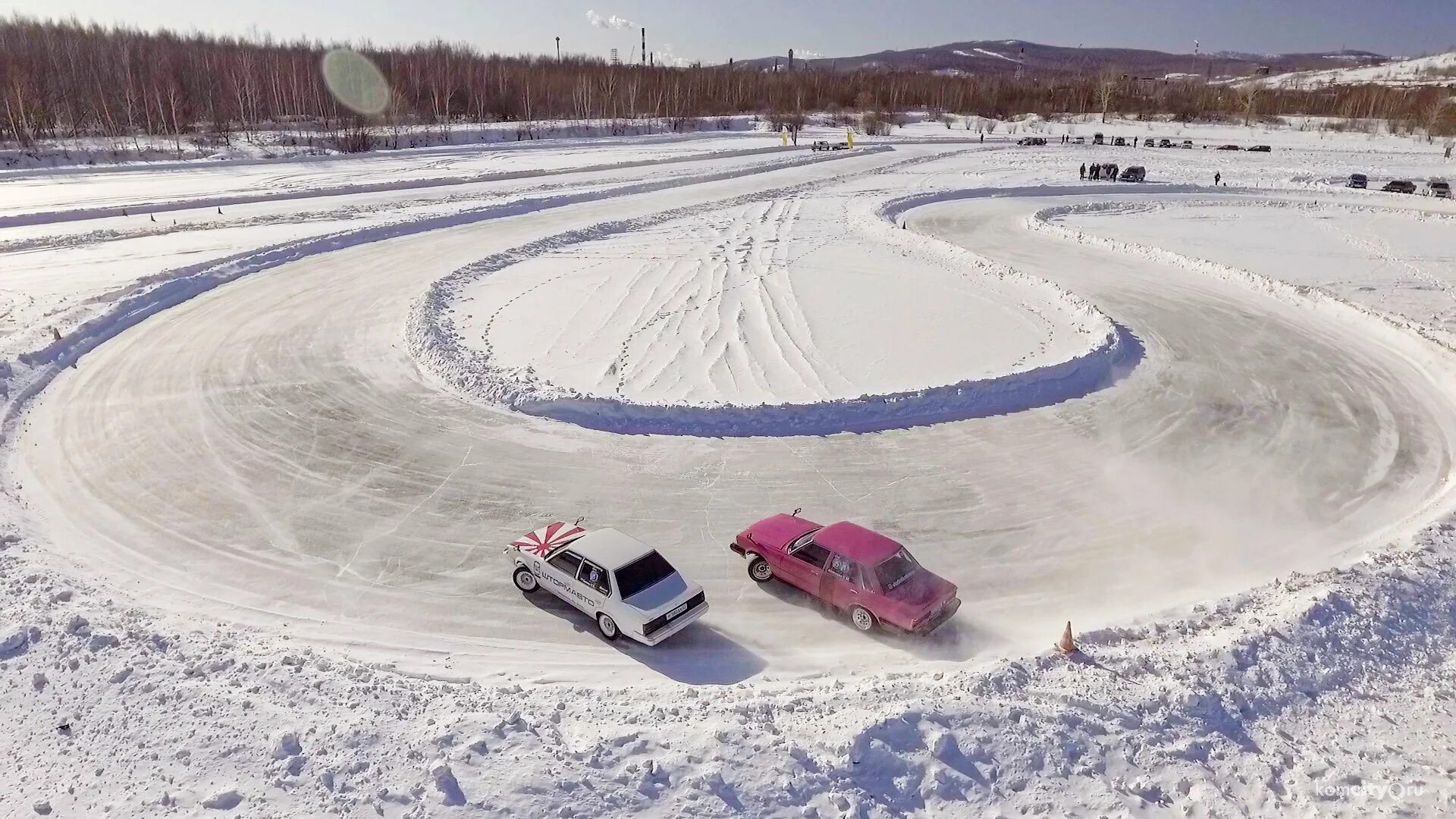
Hokkaido offers a unique experience of walking on a vast, frozen sea with ice stretching to the horizon. It is a chance to see northern Japan’s stark, beautiful winter. Drift ice adventures in Hokkaido can be experienced through walking tours or scenic boat cruises. The beauty of drift ice can be experienced while exploring the ice, and one may see Steller’s Sea Eagles and other wildlife. This makes the adventure even more exciting. Asahikawa is a popular starting point for drift ice tours in Hokkaido.
Mystical Snow Monsters of Zao
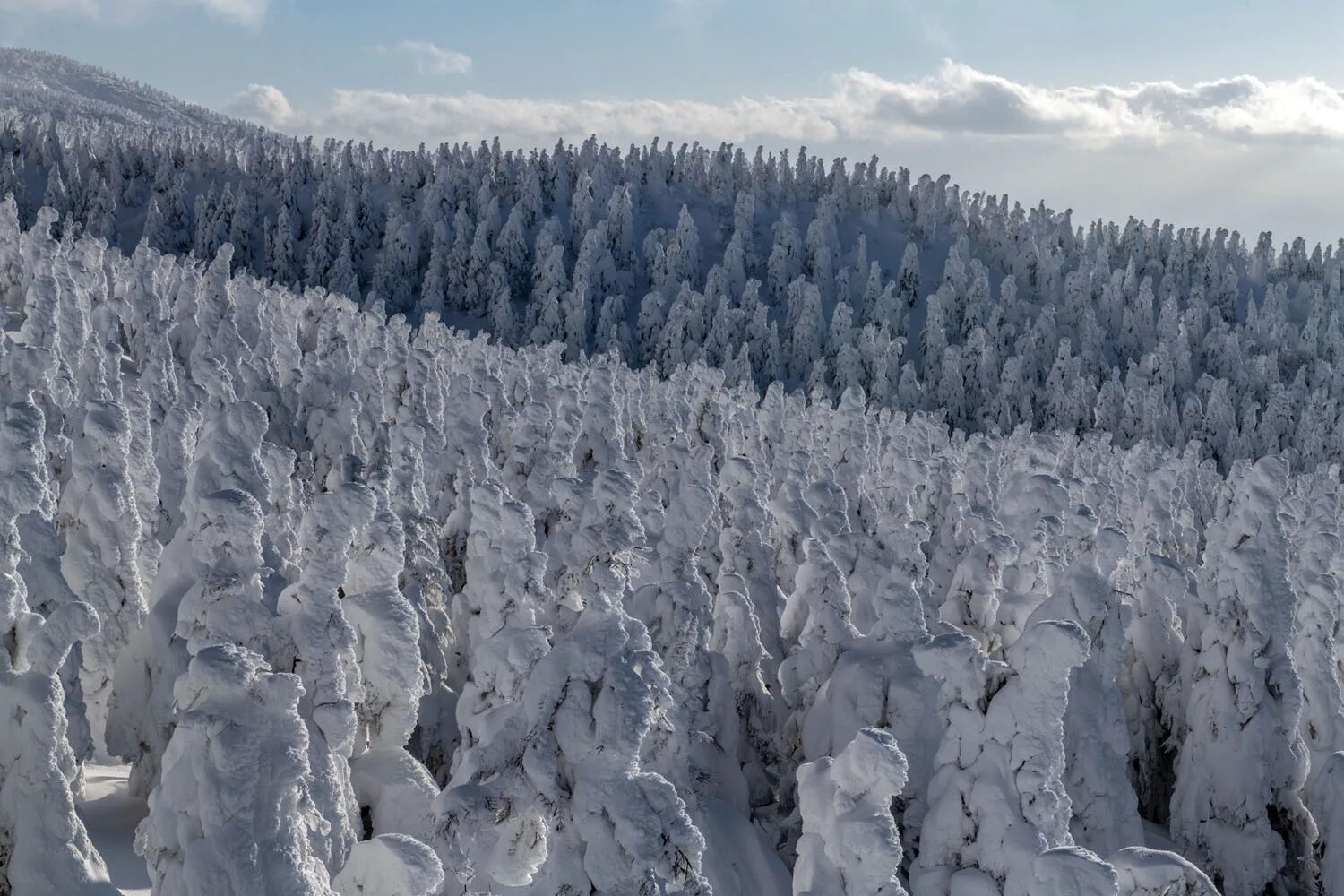
Zao in Yamagata prefecture is known for its heavy snow and strong winds that shape the trees into eerie figures called snow monsters, also known as juhyo. These snow monsters are unique to winter and make the landscape look like it’s from a fantasy novel. Viewers can see the snow monsters from a distance or up close, which adds intrigue to Japan’s enchanting winter landscape. The mystical snow monsters of Zao can be accessed through a ropeway ride, followed by a short hike. Visitors can also enjoy skiing and snowboarding in the Zao area. The blue pond, located in the same area, adds to the beauty of the winter landscape.
In conclusion, Japan offers unique snow experiences beyond skiing. Drift ice adventures in Hokkaido and the mystical snow monsters of Zao are two such experiences that offer a glimpse into Japan’s enchanting winter landscape.
Planning Your Perfect Winter Itinerary
When planning a winter trip to Japan, it is important to choose the right time to visit. The winter season officially starts in December and ends in February, with peak snowfall usually occurring from mid-January to late February. For those interested in skiing or snowboarding, it is recommended to aim for the peak snowfall period. Visitors hoping to experience the winter festivals should check the dates of the events to ensure they don’t miss out. If visiting the snow monkeys or exploring the snow monsters of Zao is on the itinerary, it is best to plan the visit between December and February.
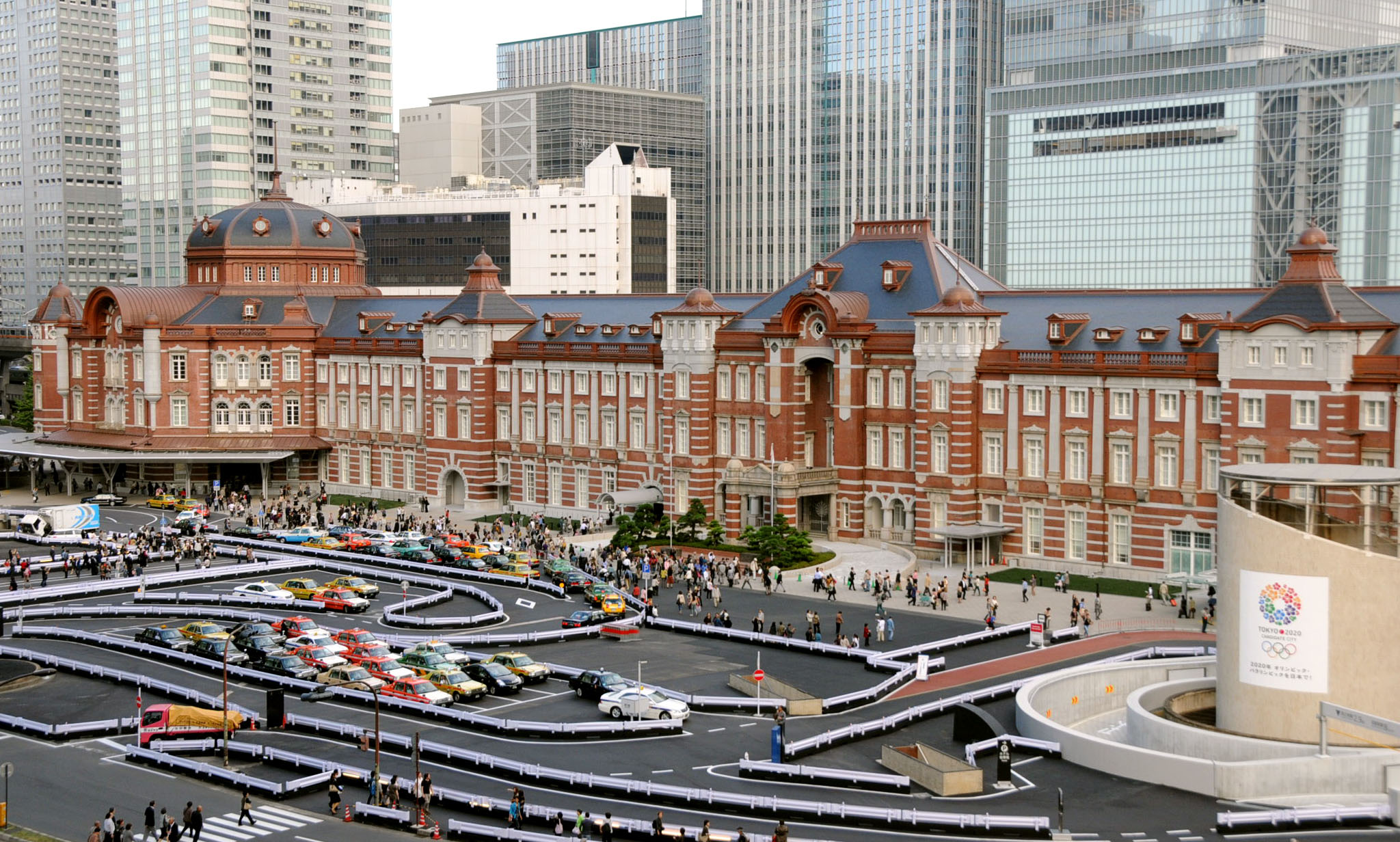
To start the trip, visitors can arrive at Tokyo Station. It is essential to stay warm and comfortable during the winter trip to Japan. There are many accommodation choices available, from traditional ryokans to modern hotels. For a traditional experience, visitors can stay in a ryokan, which offers tatami-matted rooms and communal baths. For those who prefer modern amenities, many hotels provide comfort, convenience, great views, delicious food, and hot springs.
When Winter Lasts: Timing Your Visit
Timing the winter trip to Japan is crucial to ensure visitors can experience everything they want to see and do. The peak snowfall period is ideal for skiing or snowboarding. Visitors interested in seeing the snow monkeys or the snow monsters of Zao should plan their visit between December and February. Winter festivals are also a popular attraction during this time, and visitors should check the dates of the events to avoid missing out.
Staying Cozy: Accommodation Choices
Finding the perfect place to stay is just as important as scheduling the trip. To stay warm and comfortable during the winter trip, visitors can choose from various accommodation choices. Ryokans offer a traditional experience, with tatami-matted rooms and communal baths. For those who prefer modern amenities, many hotels provide comfort, convenience, great views, delicious food, and hot springs. Visitors should choose the type of accommodation that suits their preferences and budget.
Navigating Japan’s Winter Weather
Japan’s winter weather can be challenging, with heavy snowfall and icy conditions in many regions. However, tourists can still enjoy their visit to the fullest with the right clothing and safety measures. This section provides a guide on how to navigate Japan’s winter weather, including what to wear and how to travel safely.
Winter Apparel Guide
Wearing the right clothes is crucial for staying comfortable in Japan’s winter climate. Layering is essential, with materials like wool, down, fleece, and thermal fabrics providing the best insulation. Tourists should consider packing thermal underwear, a warm hat, gloves, and a scarf to keep themselves warm.
Footwear is also important. Waterproof hiking shoes offer the best protection against cold and wet conditions. Thick socks are also recommended for warmth and comfort. Additionally, tourists should pack hand and feet warmers, which can be found in most convenience stores in Japan.
It is important to note that indoor heating in Japan is not as common as in other countries, so tourists should also consider wearing layers indoors to stay warm and comfortable.
Travel Safe: Coping with Snow and Ice
Being careful and well-prepared is key to safe travel in snowy and icy conditions. With the heavy winter snowfall in Japan, it’s important to stay safe while enjoying the winter landscapes.
Whether driving or walking, tourists should be aware of the conditions and navigate with care. It is recommended to wear shoes with a good grip to prevent slips and maintain a safe distance from other vehicles to prevent accidents on icy roads.
Tourists should also be aware that crowds in Tokyo and Osaka can make walking on snowy or icy sidewalks more difficult. It is important to be patient and take extra care when navigating through crowded areas.
Remember, safety is of utmost importance when enjoying Japan’s winter wonderland. By following these winter apparel and travel safety tips, tourists can have a safe and enjoyable winter experience in Japan.
Frequently Asked Questions
Is it a good time to visit Japan during winter?
Winter in Japan can be a good time to visit, especially in December when the weather is cool and the country is less crowded. However, visitors should be prepared for colder temperatures and the possibility of snow in some regions.
Is Japan expensive in winter?
Japan is generally less expensive in winter, except during the New Year holidays, which is a peak travel season. Visitors can save money on their trip by taking advantage of off-peak prices and discounts.
What months constitute winter in Japan?
Winter in Japan typically lasts from December to February. While temperatures vary by region, it is the perfect season to enjoy hot springs and beautiful winter scenery. Visitors should pack warm clothes and be prepared for colder temperatures in the northern regions.
